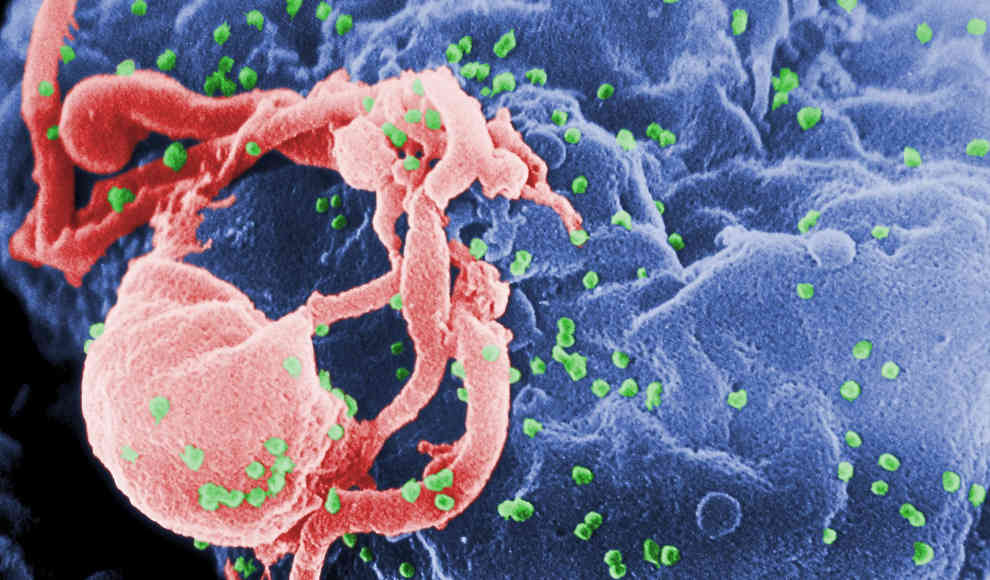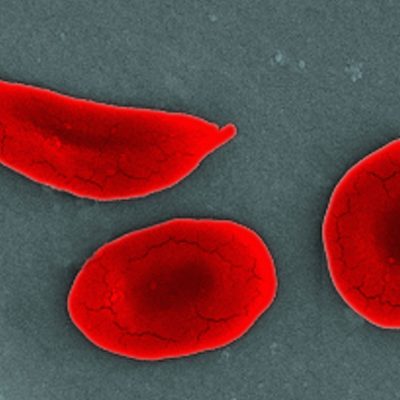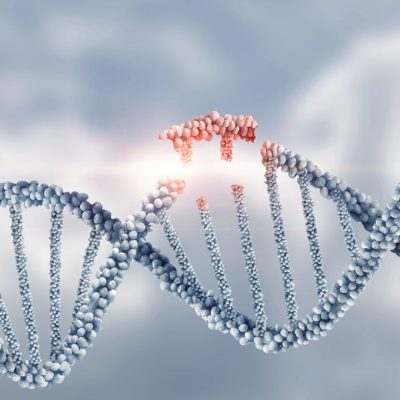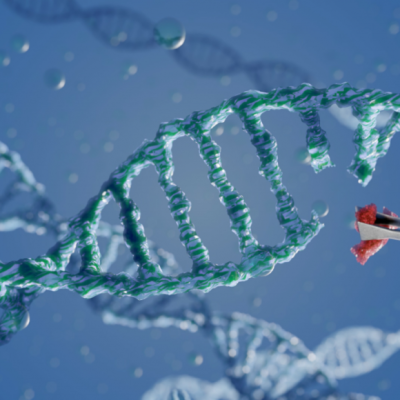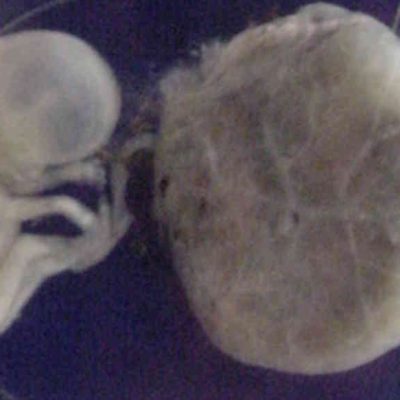A new treatment method combining antiviral drugs and the gene-editing tool Crispr may soon offer hope for a cure for HIV-infected individuals. Researchers at the University of Nebraska have successfully cured the virus in lab mice using this method, and a clinical trial with human subjects is set to follow in a year. Currently, HIV can be well managed but not cured, and an estimated 86,000 people in Germany are living with the infection. The new treatment method offers a potential permanent cure by either removing the HIV virus’s DNA from infected cells or killing the infected cells in the body.
The HIV virus integrates its DNA into the genome of infected individuals’ immune cells, allowing it to survive in a latent form even during treatment with antiviral drugs. This means that the infection can return in full force once the medication is stopped, and a permanent cure can only be achieved by removing the virus’s DNA from infected cells or killing the infected cells. The new two-step therapy approach involves treating infected lab mice with a slow-release antiviral drug to reduce the virus’s number and then using Crispr to remove the HIV virus’s DNA from the infected cells.
The results of the study were promising, with HIV no longer detectable in five of the 13 lab mice after treatment. The researchers concluded that a potential cure for HIV requires both Crispr and antiviral drugs. Further studies are needed to determine the method’s effectiveness and safety in humans, with primate experiments planned before a clinical trial with human patients in a year. The new treatment method offers hope for a permanent cure for HIV-infected individuals, and the results of the study are a significant step forward in the fight against the virus.


